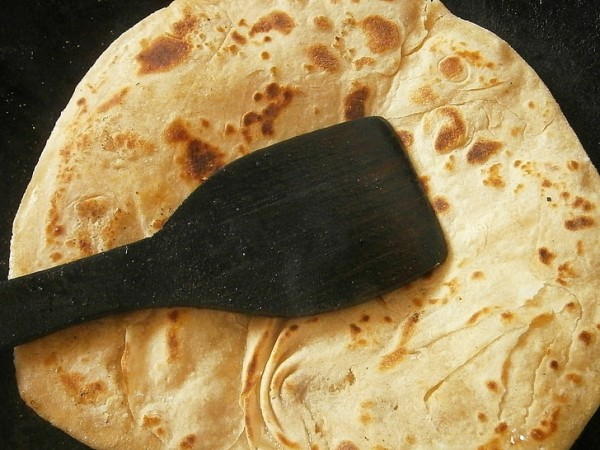
Cooking is an art that brings people together and satisfies the senses. When it comes to making chapati, a staple in many households, the debate over whether to cook it on a tawa (griddle) or over an open flame has been ongoing. Both methods have their proponents and unique advantages. In this article, we will delve into the characteristics of each cooking technique, explore their benefits, and help you decide which method suits your preferences and needs.
Chapati, also known as roti, is a type of unleavened flatbread that holds a cherished place in many culinary traditions. Its simple yet delightful nature makes it a versatile accompaniment to a wide variety of dishes. When it comes to cooking methods, the age-old debate revolves around using a tawa or an open flame.
Cooking Chapati on a Tawa: The Classic Approach
The Tawa: A Versatile Kitchen Tool
The tawa, a flat and round griddle typically made of iron or non-stick material, has been a staple in Indian kitchens for generations. Its even heat distribution and large cooking surface make it a popular choice for preparing chapatis. The tawa allows for precise control over temperature, resulting in evenly cooked chapatis with a soft interior and slightly crispy exterior.
Step-by-Step Tawa Cooking Process
Cooking Chapati Over an Open Flame: Embracing Tradition
The Charred Flavor and Aroma
Cooking chapati directly over an open flame imparts a unique smoky flavor and aroma that can't be replicated by any other method. The direct exposure to the flame creates charred spots on the bread, adding depth and complexity to the taste profile.
Mastering the Flame-Grilled Technique
Comparing the Two Techniques
Flavor Profile
The choice between tawa cooking and flame cooking significantly impacts the flavor of the chapati. Tawa-cooked chapatis are softer and more pliable, allowing them to fold easily and serve as a versatile accompaniment to various dishes. On the other hand, flame-cooked chapatis boast a rustic smokiness and a slightly crisp texture.
Cooking Time and Efficiency
Tawa cooking is generally quicker, making it a preferred method for those seeking efficiency. Flame cooking, while more time-consuming, offers a traditional experience and a unique flavor profile that many find irresistible.
Nutritional Considerations
From a nutritional perspective, both methods are quite similar. The differences lie primarily in the taste and texture rather than the nutritional content.
Convenience and Accessibility
Tawa cooking is more accessible as it only requires a griddle or pan. Flame cooking demands an open flame, which might not be readily available in modern kitchens. However, the growing popularity of gas stoves with open flame burners has made flame cooking more feasible.
Factors to Consider When Choosing a Cooking Method
Skill Level and Experience
Tawa cooking is relatively straightforward and suitable for cooks of all skill levels. Flame cooking requires a bit more finesse, especially when it comes to achieving the right level of charring without burning the chapati.
Kitchen Equipment Availability
If you lack access to an open flame, tawa cooking is the obvious choice. However, if you have the means to cook over a flame, experimenting with this method can be rewarding.
Time Constraints
For a quick and efficient cooking process, tawa cooking wins. Flame cooking is better suited for leisurely cooking sessions or special occasions.
Desired Flavors and Textures
Consider your preference for taste and texture. If you enjoy the smoky, charred aroma and a slightly crispy exterior, flame cooking is your ideal choice. For a softer and more pliable chapati, opt for tawa cooking.
Experimentation: Combining the Best of Both Worlds
Why choose when you can have the best of both worlds? Experiment with a hybrid approach. Start by cooking the chapati on the tawa to achieve the desired softness. Then, give it a quick finish over an open flame to infuse it with that distinctive smoky flavor.
In the timeless debate of tawa cooking versus flame cooking for chapati preparation, there's no definitive winner. It ultimately boils down to personal preferences, available resources, and the desired culinary experience. Whether you prefer the convenience of tawa cooking or the rustic charm of flame cooking, both methods offer a delicious way to enjoy this beloved flatbread.
Do Figs Aid in Constipation Relief? Unveiling the Insights from Experts
What is the Ideal Way to Consume Cauliflower?
Did You Know That There Is a Connection Between Food and Your Karma?